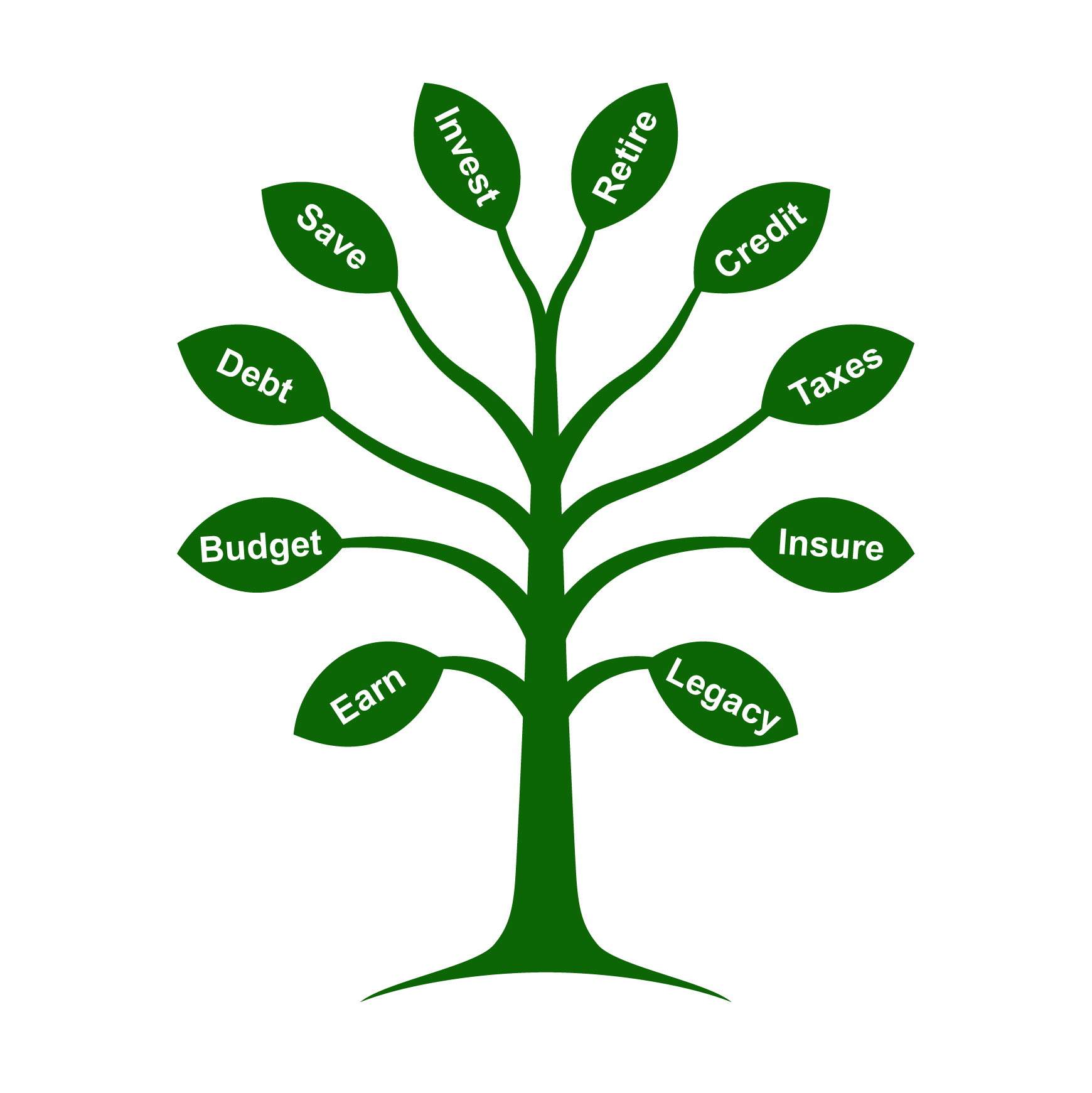The Risks of Timing the Market

Hindsight, as they say is 20/20. But by timing the market in an attempt to predict the perfect moment to buy or sell stocks, cryptocurrencies, or other assets to maximize profits is a risky business.
The Pitfalls of Market Timing
1. Uncertainty: Markets are influenced by a multitude of factors, including economic indicators, geopolitical events, and investor sentiment. Predicting how these variables will interact and impact asset prices is inherently difficult.
2. Emotional Bias: Attempting to time the market can lead to emotional decision-making driven by fear, greed, or panic. Emotional biases can increase your risk by clouding your judgment and leading to impulsive actions that may not align with a more rational investment strategy.
3. Missed Opportunities: Trying to time the market often results in missed opportunities. Investors may hesitate to enter the market during periods of uncertainty or sell too soon, missing out on potential long-term gains. And even if investors manage to correctly predict short-term market movements occasionally, consistent success is unlikely. Mistiming the market can lead to significant losses and erode overall portfolio returns.
A study by J.P. Morgan Asset Management’s 2019 Retirement Guide illustrates the impact of pulling out of the market on a portfolio. Reviewing the 20-year period from Jan. 1, 1999, to Dec. 31, 2018, reveals that missing just the top 10 best days in the stock market over 20 years resulted in a more than 50% reduction in investment returns.
A Better Approach: Dollar-Cost Averaging
Fortunately, there’s a great alternative to trying to time the market. With dollar cost averaging, you regularly invest a fixed amount of money into the market over time, regardless of short-term price fluctuations. When you do this, you will buy more shares at a low price and fewer shares at a higher price over time.
Conclusion
Attempting to time the market is a risky endeavor that can lead to poor investment decisions and potential financial losses. Rather than trying to predict short-term market movements, focus on building a diversified portfolio aligned with your long-term financial goals. By staying disciplined and avoiding emotional decision-making, you can increase your chances of investment success over the long term.


